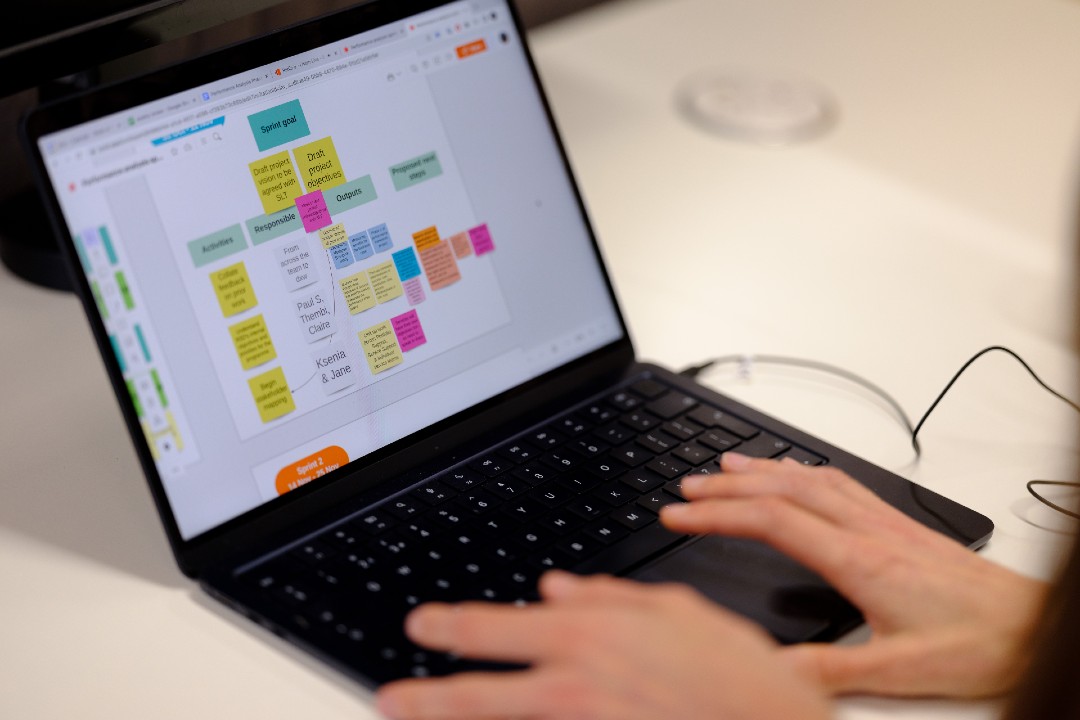4 ways public sector technology can be shared and re-used

There’s a lot to think about if you’re hoping to enable the reuse of your public sector project
In my last post, I shared 6 reasons why working in the open is good even if no one else directly re-uses your work, and why it’s not a failure if they don’t. But what about when they do? This can take various different forms, all as great as each other, but with big differences in operation and funding.
Here are 4 different types of technology re-use, along with successful examples of each that have happened with the UK public sector.
1. Centralised service
In this case, a piece of hosted infrastructure is being shared and managed by a central authority and used across the public sector. It’s much closer to a more traditional commercial customer-centric model, but the supplier is usually a central government body. To use this, you might be given an account that provides access to the service, either by manually logging in or programmatically via an API key.
Example: GOV.UK Notify allows anyone across government to send text messages, emails or letters. It is run by the Cabinet Office, and is used by 1,400 public sector organisations, from central government to local government to the NHS, to support 4,000 services across the public sector. It recently sent its three billionth message.
2. Open Source Library
Here code is being shared so that users can copy it into their own projects, make edits and reshare any helpful updates they make. Extra effort would have been made beyond simply “working in the open” to ensure that this code is reusable for multiple use cases, is well documented, and updates are well managed and version controlled.
It will often be wrapped in a package for easy integration and updates within a project. The code will usually be hosted on services like GitHub to enable distribution and external contributions.
Example: the GOV.UK Frontend tool kit allows software teams to quickly make their service look and feel like a GOV.UK service. This keeps a consistent experience across government whilst also sharing the hundreds of hours of user research and accessibility testing that has gone into making GOV.UK.
3. Patterns, standards and systems
You might find it more appropriate to share some outcomes of your work instead of your specific implementation. This might look like documentation that says “when we come across this problem, we solve it like this”. Suppose enough other teams find they have the same problem and find your solution helpful. In that case, you might put some extra effort into standardising the pattern, which could make it easier for systems to interoperate, or create user interfaces that contain fewer surprises for users. Have enough of these standards, and you might have a whole “system”.
Example: the GOV.UK Design System provides styles, components and patterns that reuse the research and experience of other service teams when approaching common design problems, for instance when asking users for their gender or sex.
4. Sharing Governance
This looks at the different types of sharing technology from a different axis: governance. All these examples use a central authority (Cabinet Office) to provide the necessary governance. In each case, anyone within the public sector can reuse the work, and anyone can contribute additional work or easily make suggestions for improvements. However any non-unanimous decisions about the work, including how it is administered or funded, are ultimately made by the central body.
The simplicity offered by this can work well, but there are many examples within government where such centralised governance is not desired. For example when collaborating across devolved powers, or where there are multiple independent stakeholders.
Example: Local Gov Drupal expands on the open-source Drupal project to create a publishing platform for local councils. The project is run by a community of member councils, and decisions are made by representatives from council digital teams, alongside outside experts who help to deliver some of the work.
Summary
There’s a lot to think about if you’re hoping to enable the reuse of your public sector project, and I hope these 4 types of sharing help teams decide how they want to approach it. At dxw we’ve helped launch projects that fit into each of these examples and can provide advice based on our experiences. Please get in touch if you’d like to find out more.